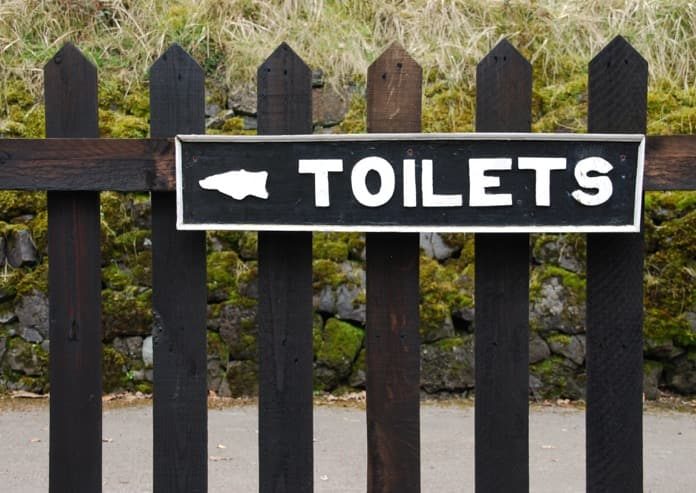Researchers analyzed evidence from previous studies to determine the most effective approaches for treating urinary incontinence in women.
Urinary incontinence is the involuntary loss of bladder control causing urine leakage. There are two main types: stress incontinence and urgency incontinence. Stress incontinence occurs after coughing, sneezing or physical exertion, and urgency incontinence occurs when there is a sudden uncontrollable need to urinate. Some people experience a mix of these two types.
Urinary incontinence is a common problem in women
Urinary incontinence is a common problem, estimated to affect around 17% of non-pregnant women. It can be caused by body changes or conditions that affect bladder control. In women, these include pregnancy, childbirth, menopausal hormone changes, bladder muscle changes with aging, neurological disorders or hysterectomy surgery.
There are several approaches to treating urinary incontinence. Non-drug therapies usually aim at strengthening the pelvic floor muscles or changing behaviors that affect bladder function. Drug treatments mostly aim at improving bladder and urethral sphincter function and control.
Researchers at Brown University School of Public Health in the United States reviewed previous studies on these approaches to determine which are most effective. They recently published their results in the Annals of Internal Medicine.
The researchers selected 84 randomized trials on 14 treatment types which had reported cure or improvement in urinary incontinence. Behavioral therapies included bladder training, bladder support (including pessaries), weight loss and yoga. Neuromodulation therapies used electrical stimulation methods such as electroacupuncture or transcutaneous electrical nerve stimulation (TENS).
Drug treatments included hormonal therapy with estrogen, anticholinergic drugs, alpha agonists and anti-epileptics. The researchers performed a comparative analysis of the studies to identify the most effective approaches.
Behavioral therapy generally more effective than drug therapy for treating urinary incontinence
All interventions, apart from hormonal treatments and periurethral bulking agents, resulted in better outcomes than no treatment.
Amongst common treatments for stress incontinence, behavioral therapy was more effective than either alpha agonists or hormones. Combination behavioral therapy plus hormonal treatment was more effective than alpha agonists.
Amongst common treatments for urgency incontinence, behavioral therapy was more effective than anticholinergics.
The researchers concluded that most of the evaluated non-drug and drug treatments produced some improvement in urinary incontinence compared to no treatment. Behavioral therapy, alone or in combination with other interventions was generally more effective than drug treatment alone for treating both stress and urgency incontinence.
However, they also commented that evidence was limited, and suggest that further comparative studies are needed so that doctors and patients can make the best treatment choices.
Written by Julie McShane, Medical Writer
References:
- Balk EM, Rofeberg VN, Adam GP, et al. Pharmacologic and nonpharmacologic treatments for urinary incontinence in women. Ann Int Med DOI:10.7362/M18-3227.
- American College of Physicians. Press release, 18March 2019.https://www.eurekalert.org/pub_releases/2019-03/acop-aoi031219.php



